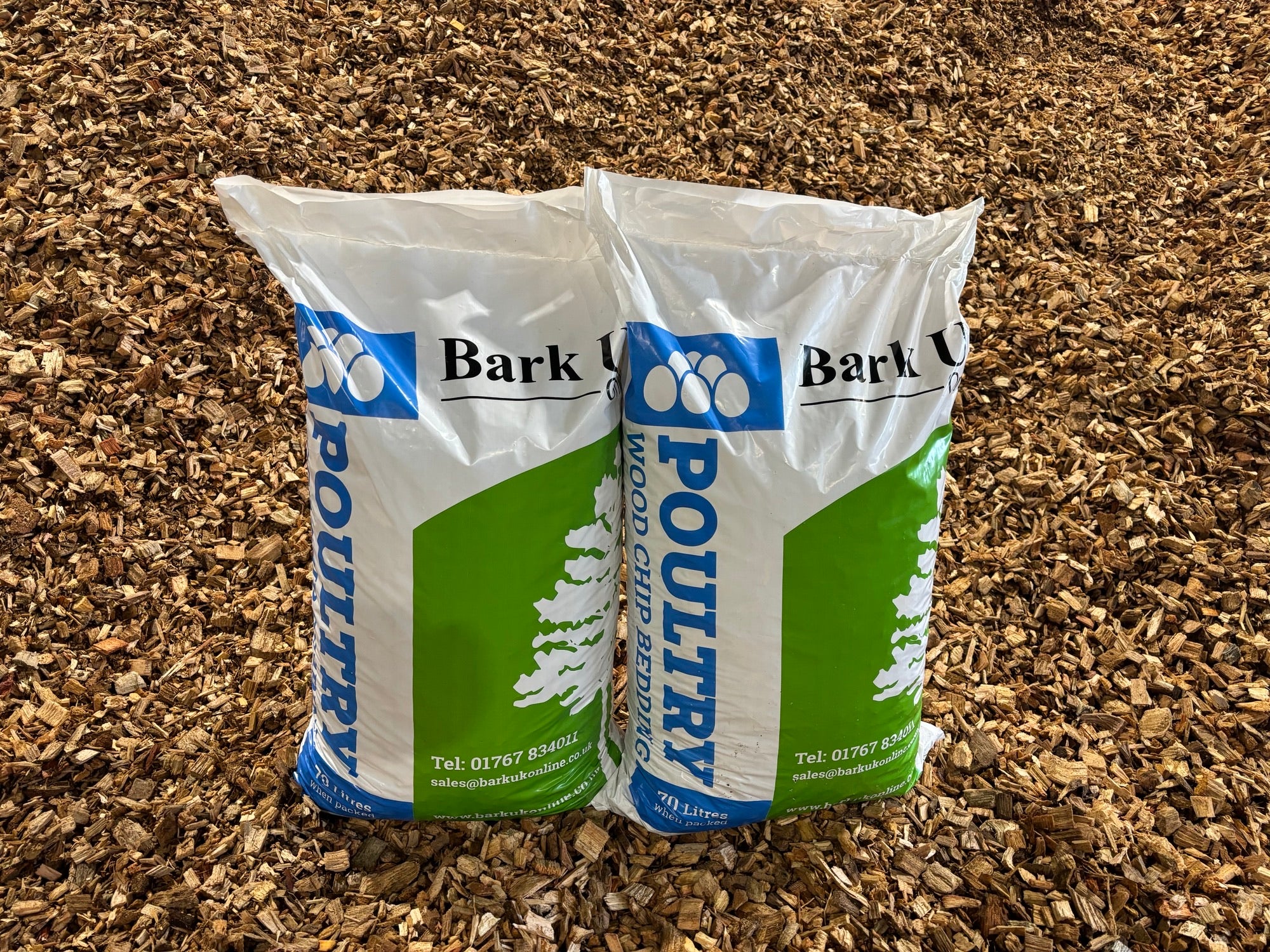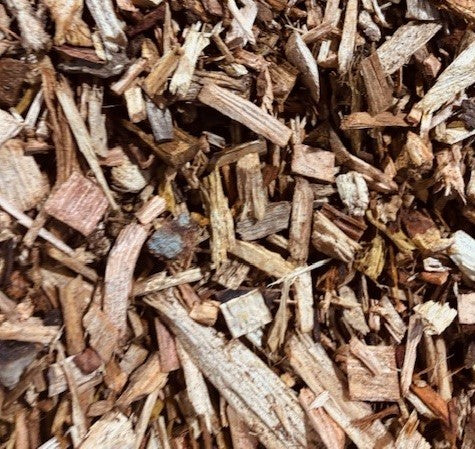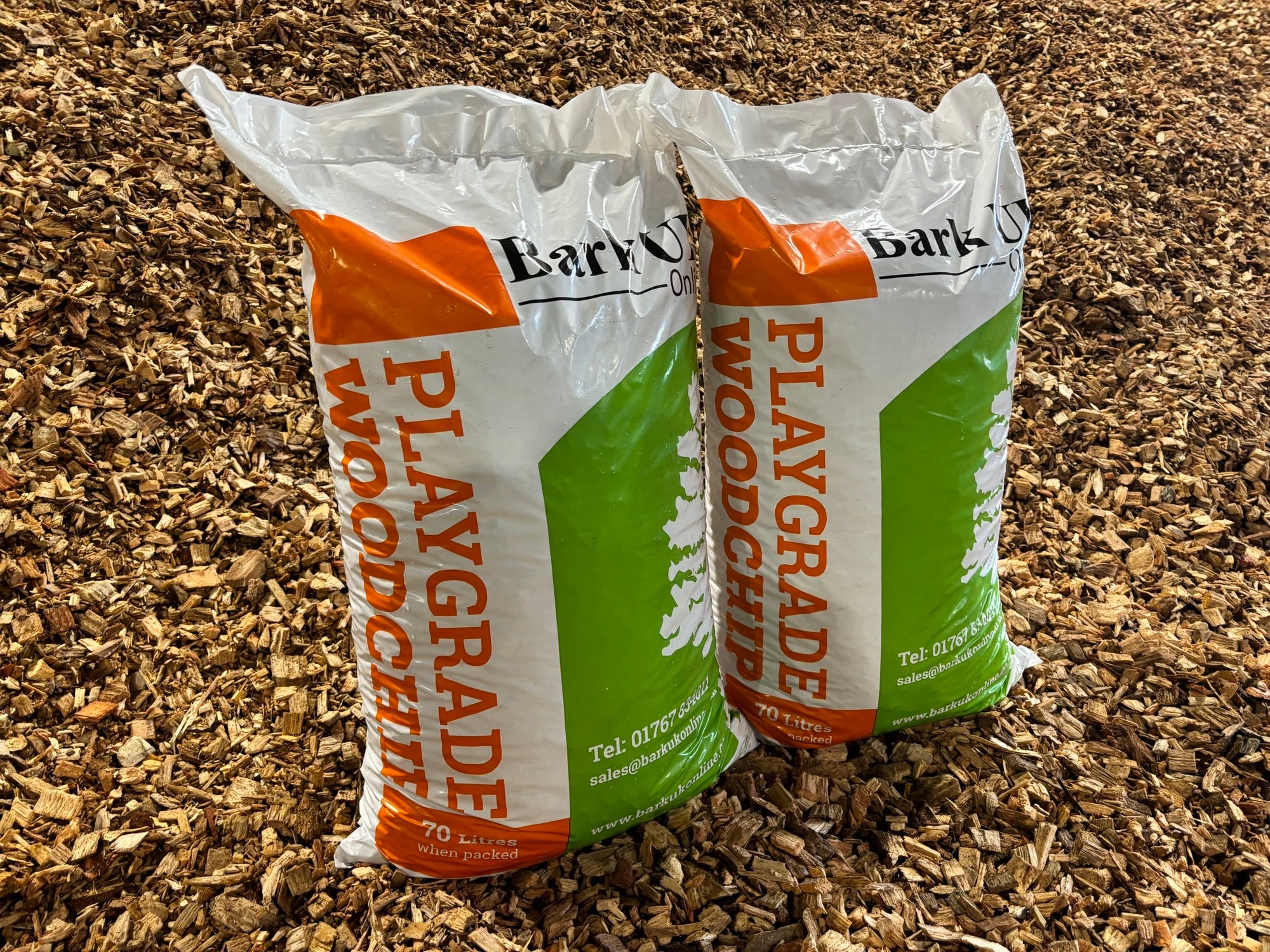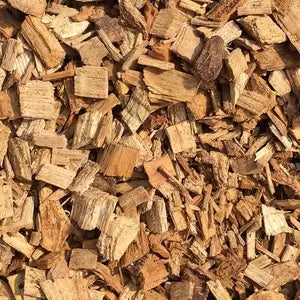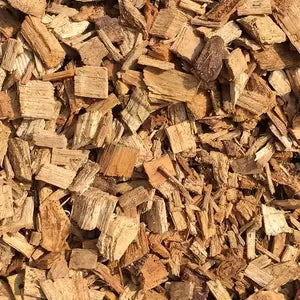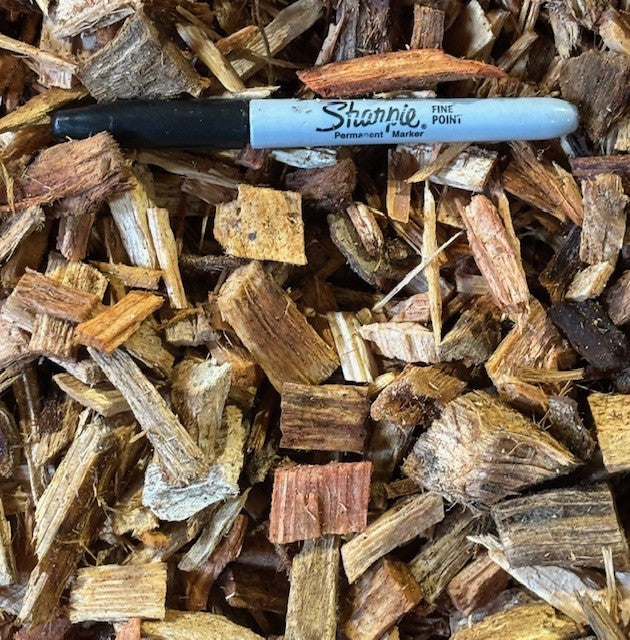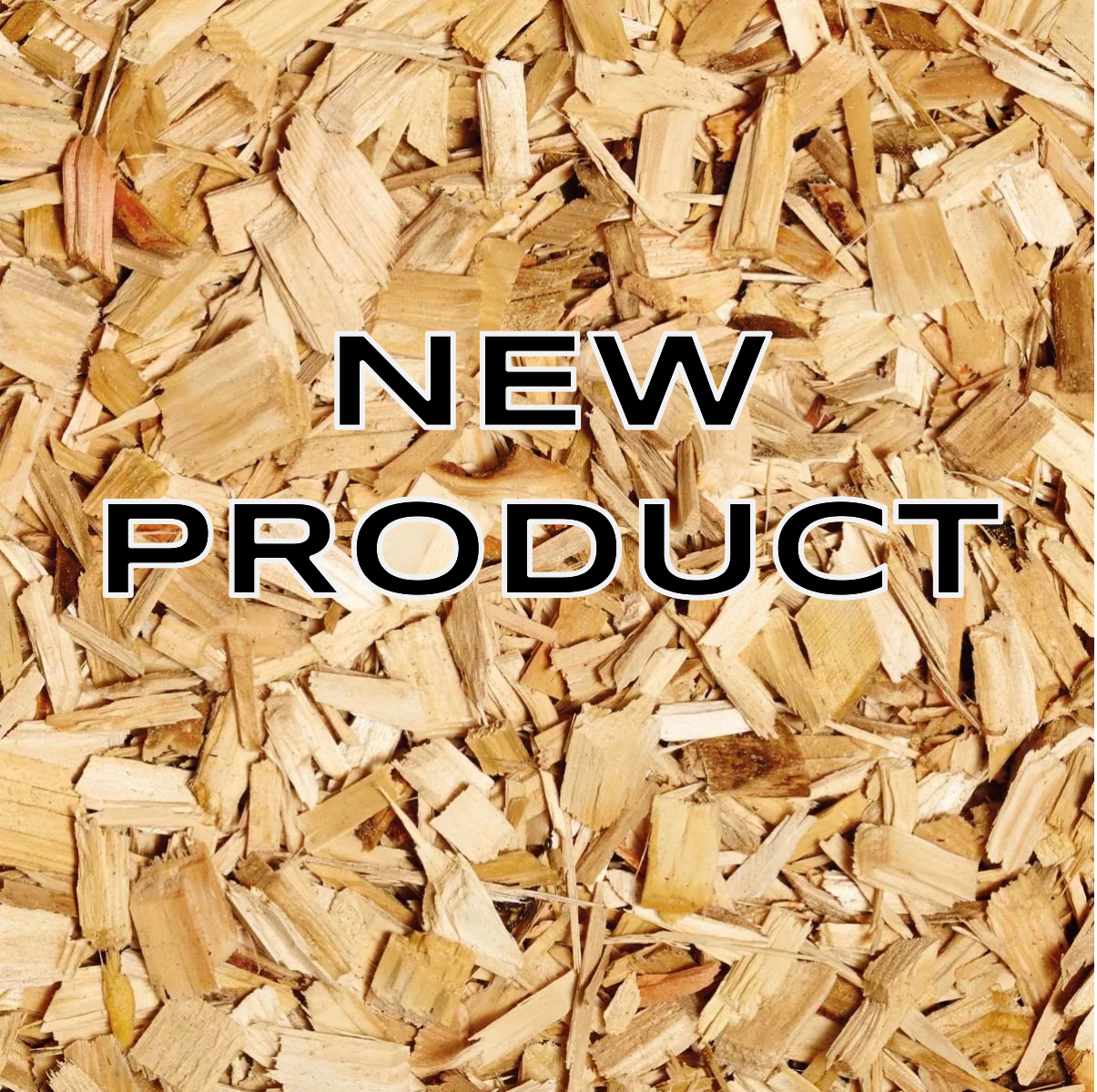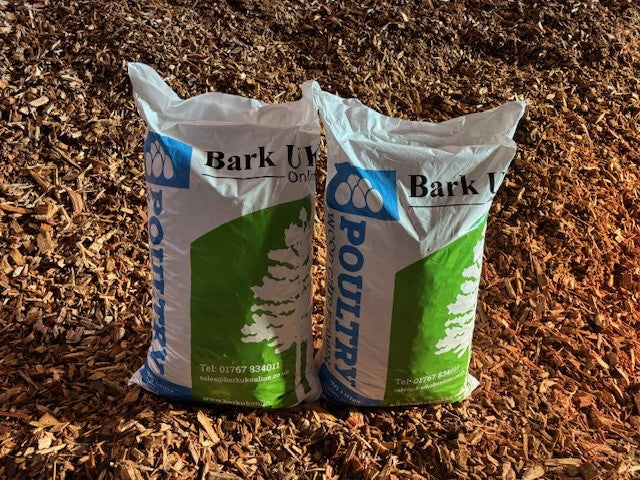Using Potting Soil and Play Sand to Improve Drainage in Your Garden

The ideal growing environment is what every gardener wants. Creating the perfect conditions for your plants to grow involves understanding the composition of your soil and making adjustments to enhance its qualities. One effective approach is to combine potting soil with play sand. It may not be the first thing you’ve thought of, but it can be really effective.
Understanding Potting Soil
Potting soil is a specially formulated soil designed to provide plants with the necessary nutrients, moisture retention and aeration they need for healthy growth. Unlike garden soil, which can be dense and poorly drained, potting soil is lighter and more versatile.
Typically composed of a blend of organic materials such as peat moss, organic compost and sometimes perlite or vermiculite, potting soil is engineered to support root development while preventing the waterlogged conditions that can lead to root rot. This carefully balanced mixture enables plants to thrive in containers or raised beds, as it retains moisture without becoming excessively wet.
The Importance of Drainage
Proper drainage is essential for plant health. Excess water can suffocate roots, leading to a lack of oxygen and encouraging diseases including root rot. Plants that thrive in well-draining soils are often more resilient and better able to absorb nutrients and moisture. Therefore, mixing your potting soil with play sand can be effective for enhancing drainage.
Sand and Soil Improvement
Sand is widely recognised for its ability to improve soil drainage and aeration. When mixed with potting soil, it creates larger pore spaces that facilitate better water flow and root respiration. However, not all sand types are suitable for gardening purposes.
Choosing the Right Type of Sand
While play sand may seem like a convenient option due to its availability, it is important to consider its composition. Play sand is typically finer and more uniform in texture compared to coarser options like builders' sand or horticultural sand. The key is to select sand that will not compact over time, which can negate the drainage benefits.
You can explore different types of sand, such as sharp sand, but play sand is an effective choice for improving drainage in your pots and raised beds.
Can I Mix Play Sand with Potting Soil?
Mixing play sand with potting soil is a common practice, especially for gardeners looking to improve drainage in their containers or raised beds. However, it is essential to do this carefully. The right ratio is crucial; typically, one part sand to three parts potting soil is a good starting point. This proportion allows for enhanced drainage while still retaining sufficient moisture and nutrients for plant growth.
When incorporating play sand into potting soil, take time to mix them together thoroughly. Adding sand on top of the soil will not achieve the drainage you’re hoping for so you need to mix them fully so they are combined.
Benefits of Mixing Sand with Potting Soil
Combining potting soil and play sand offers several advantages, including:
- Drainage boost – sand helps your soil offer better drainage to your plants, especially useful in pots and other containers.
- Boosted aeration – sand creates larger air pockets within the soil, which gives your plants’ roots more chance to breathe.
- Minimised compaction – the sand helps your soil to avoid becoming overly compacted which can limit the plant growth as well as their access to nutrients.
Using a weed or garden membrane underneath your potting mix can further boost your plants’ chances. The membrane will help prevent weeds from taking hold while allowing excess water to drain away, keeping the root zone healthy and free from unwanted competition.
Combining sand and soil is a balancing act. If too much sand is added, it can lead to a soil mix that drains too quickly, causing plants to become dehydrated. Excessive sand can also hinder the soil's ability to retain essential nutrients, which can ultimately affect plant health. Keep in mind our recommended ratio when you start combing your play sand and soil.
Incorporating play sand into potting soil can be an effective method to improve drainage and aeration, creating a healthier environment for your plants. By understanding the right type of sand to use, maintaining appropriate ratios and ensuring thorough mixing, you can improve your plants' chance of growth. We have a range of potting soil and play sand products available as well as other garden accessories, helping ensure your outdoor space looks and feels great and your plants have the chance to bloom.
-
Why should I mix sand with potting soil?
Mixing sand with potting soil helps improve drainage and aeration, preventing waterlogged conditions that can harm plant roots. It also reduces soil compaction, promoting healthier root development. -
What type of sand is best for mixing with potting soil?
Play sand is a commonly used option because it is finer and more uniform in texture. However, sharp sand or horticultural sand may also be suitable for improving drainage, as long as it doesn't compact too much over time. -
What ratio of sand to potting soil should I use?
A good starting point is mixing one part sand to three parts potting soil. This balance enhances drainage without compromising the soil’s ability to retain moisture and nutrients. -
Will adding too much sand to my soil harm my plants?
Yes, too much sand can lead to excessive drainage, causing plants to become dehydrated and preventing the soil from retaining essential nutrients. Stick to the recommended ratio to avoid these issues. -
Does mixing sand with potting soil help with aeration?
Yes, sand creates larger air pockets in the soil, allowing roots to breathe better and promoting healthier plant growth.


